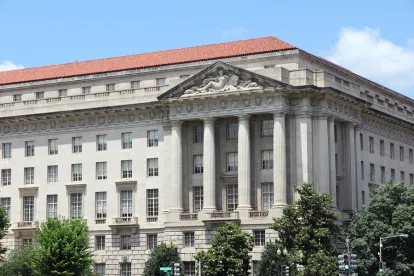On October 30, 2020, the U.S. Environmental Protection Agency (EPA) issued a final rule on the Agricultural Worker Protection Standard (WPS) regulation that revises the requirements on the pesticide application exclusion zone (AEZ), defined as an “area surrounding the point(s) of pesticide discharge from the application equipment that must generally be free of all persons during pesticide applications.” According to EPA, the targeted changes improve the enforceability and workability of the AEZ requirements, decrease regulatory burdens for farmers, and maintain critical worker protections. EPA also states the revisions made to the AEZ are consistent with the 2018 Pesticide Registration Improvement Extension Act of 2018 (PRIA 4).
The final AEZ requirements will go into effect on December 29, 2020.
EPA initially promulgated the WPS regulation in 1992 under EPA’s Federal Insecticide, Fungicide, and Rodenticide Act (FIFRA) authorities to protect farm workers from pesticide exposures in production agriculture. According to EPA, “WPS is a uniform set of requirements for workers, handlers, and their employers that are generally applicable to all agricultural pesticides and are incorporated onto agricultural pesticide labels by reference. Its requirements complement the product-specific labeling restrictions and are intended to minimize occupational exposures generally.”
In 2015, EPA issued significant revisions to the 1992 WPS. Of particular significance, 2015 revisions included a new provision requiring agricultural employers to keep workers and all other individuals out of the AEZ during outdoor pesticide applications. The AEZ was set at 25 feet in all directions for ground pesticide applications when sprayed from a height greater than 12 inches, and 100 feet in all directions for outdoor aerial, air blast, air-propelled, fumigant, smoke, mist, and fog pesticide applications. This provision was controversial, however, with state regulators expressing concerns with enforcing the complex AEZ requirements and farm owners expressing concerns with applying and complying with pesticide regulations.
EPA states in the final rule that it clarified and simplified the AEZ requirements based in part on input from state pesticide regulatory agencies and agricultural stakeholders after the adoption of the 2015 WPS rule. Consistent with PRIA 4, EPA is implementing changes related only to the AEZ requirements in the WPS. These targeted changes include:
-
Modifying the AEZ so it is applicable and enforceable only on an agricultural employer’s property, as proposed.
-
Adding clarifying language indicating that pesticide applications that have been suspended due to individuals entering an AEZ on the establishment may be resumed after those individuals have left the AEZ.
-
Excepting agricultural employers and handlers from the requirement to suspend applications owing to the presence within the AEZ of persons not employed by the establishment who are in an area subject to an easement that prevents the agricultural employer from temporarily excluding those persons from that area.
-
Allowing the owners and their immediate family (as defined in 40 C.F.R. Section 170.305) to shelter in place inside closed buildings, housing, or shelters within the AEZ, and allowing the application performed by handlers to proceed, provided that the owner has instructed the handlers that only the owner’s immediate family are inside the closed shelter and that the application should proceed despite their presence.
-
Simplifying and clarifying criteria and factors for determining AEZ distances of either 100 or 25 feet by basing the AEZ on application method. EPA has removed the language and criteria pertaining to spray quality and droplet size, as proposed, so that all ground spray applications from a height greater than 12 inches are subject to the same 25-foot AEZ.
EPA states that many of the changes proposed in November 2019 were retained in the final rule. Changes that were made include the following:
-
The final rule adds clarifications and revisions to the regulatory text regarding providing an immediate family exemption to the AEZ requirements. The final rule provides that the AEZ exemption for the immediate family members applies only when the farm owner or immediately family members are inside an enclosed building within the AEZ.
-
The final rule also clarifies that owners may permit handlers to continue with applications when the owner’s family is inside an enclosed structure or home, provided that the owner has expressly instructed the handlers that only the owner’s immediate family members are inside the closed shelter and that the application should proceed despite their presence within that structure.
The final rule is available at EPA-HQ-OPP-2017-0543. Additional information on the revisions to the AEZ requirements is available here.





 />i
/>i
